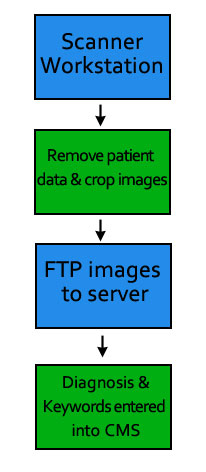2009: Moving CTisus to a dynamic Web Content Management System driven site
In 2009, Harris Corporation began the process of re-engineering with a new Information Architecture and a Microsoft SQL Server-based Web Content Management System (WCMS) developed by Harris Corporation. There are multiple definitions of Web Content Management systems in the industry. For the purposes of this task we used the following definition: A set of processes and tools for managing electronic information throughout its life cycle, from creation to final archiving. Figure 9 illustrates content lifecycle

Figure 9: Content lifecycle.
The last generation of our website was very rich in content. With the fundamental goal of ensuring that all content was migrated to the new website, a thoughtful evaluation of the site’s architecture was performed over a 3-month period. Also, additional requirements for the new generation of the website were gathered through discussions with the site’s owner and designers. The analysis included the following items:
a. Purpose of the Website
b. Style and Tone
c. Audience Analysis
- Primary
- Secondary
d. Information (types – current and new)
e. Technology (hardware and software used by audience and required by developers/administrators)
f. Applications (current applications to be supported/enhanced)
- End users
- Developers/Administrators
Based on this analysis, an Information Architecture that followed industry standard practices for information design and website usability was developed1,2 to . Because of the rich content on the website that covered a wide range of topics, we determined that “anatomical region” would be the core building block for organizing content. The major components of the information were mapped into the following four “information buckets”.
- Lectures
- Teaching Files
- Learning
- Media
Any content deemed unsuitable for mapping into these buckets was retained as a stand-alone units of information such as the question and answer bulletin board, “Ask The Fish”.
After the Information Architecture was completed, a new brand and color scheme was developed for the site magnifying the transformation from the old site to a new modern website. Industry-standard design practices such as global site template and core navigation, consistent look and feel for navigation bars, page headers and other graphic elements, and minimal use of pop-up windows were taken into consideration (Figure 10).
An integrated color scheme was developed and cascading style sheets were deployed to give uniformity to site wide text and page elements.
Images, Text Content, and Teaching Files
The process of adding new text and image content to CTisus.com has been streamlined with the introduction of the new web site. The WCMS designed by Harris includes a simple WYSIWYG (what you see is what you get) editor that enables people unfamiliar with HTML coding to enter data into the web site. (Figure 11) This enables radiology professionals to enter data directly onto the web site and prevents transcription errors. There is also an interface that will allow a web programmer to program directly in HTML as well (Figure 12)
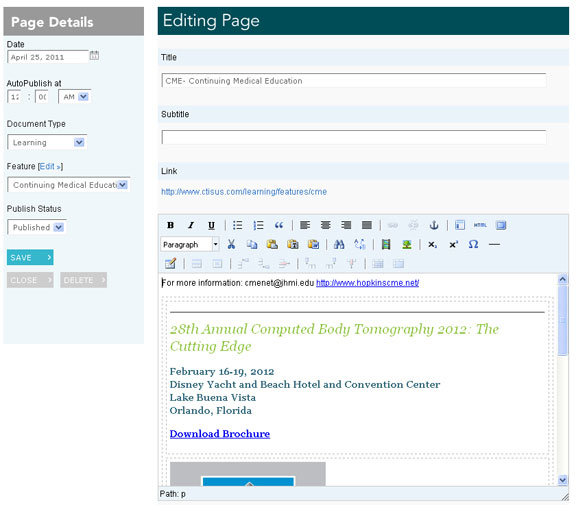
Figure 11: The WYSIWYG (what you see is what you get) editor allows those not familiar with any web programming languages to enter data into the web site.
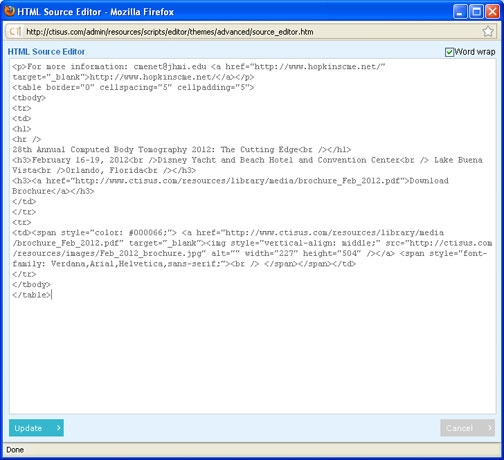
Figure 12: This interface allows a web programmer to write HTML code directly.
Audio and Video
The process of adding audio and video content as a podcast is slightly more complicated, but allows for added functionality for the end user. Previously, content could only be viewed as a podcast if the user subscribed to it (Figure 13). Now the podcasts must be uploaded to YouTube.com and are also available as .mp4 video files and can be viewed directly from CTisus.com without the need to subscribe to the podcast (Figure 14). Podcast subscriptions are still available, and all of the podcasts can be downloaded from the iTunes store on Apple Inc.'s web site as well.
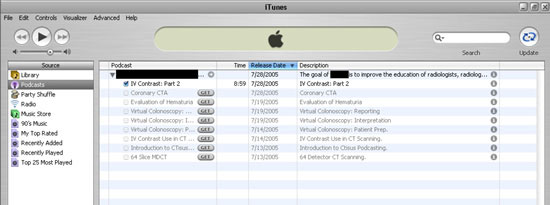
Figure 13: Users subscribed to our Podcasts in Apple's iTunes store.
Figure 14: Users are now able to watch lectures as mp4 files directly on CTisus.com without needing to subscribe to the podcast.
Problems and Pitfalls
Difficulties with the new content management system included a learning curve for web programmers and radiology professionals in becoming familiar with the new system. Also, the page design of the new site had a somewhat inflexible. Some necessary design elements such as horizontally scrolling pages (needed for some scanner protocol pages) and some page elements of the main CTisus.com page had to be separately programmed (Figure 15).
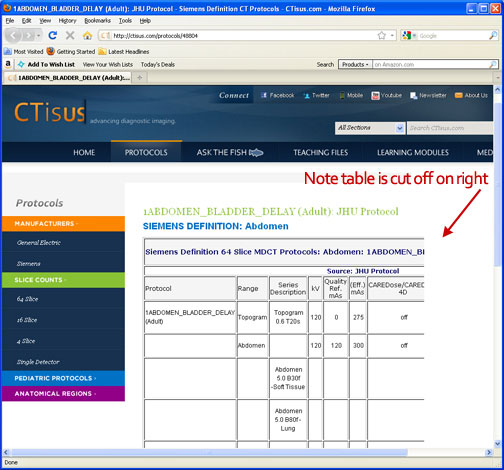
Figure 16: Some design elements of the site have to be modified, such as horizontally scrolling pages.
Workflow
The workflow process using the new site had also been streamlined. The steps involving resizing and renaming images were eliminated along with the error-introducing step of printing out images, labeling them, and transcribing the labels into a web page (Figure 16).
